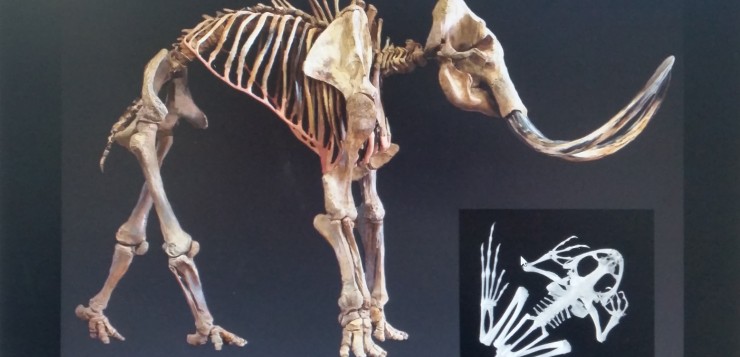Alex Gomez-Marin, Behavior of Organisms Lab. Instituto de Neurociencias CSIC-UMH d’Alacant. Seminaris del CEAB. Dijous 16 de febrer del 2017.
The behavior of animals is not the behavior of their brains, but the processes emerging from the interaction between neural activity, body biomechanics and environmental constraints.
Recent advances in neuroscience comprise a wide range of “big tools” enabling the collection of “big data”,both being promissory notes for understanding the brain and explaining behavior. This has lead to much emphasis on techniques and causal accounts of explanation in the flavour of the latest interventionist techniques and reductionist views, thus giving the impression that detailed studies of behavior and its algorithmic composition are less important. However, dissecting “necessary and sufficient” neural circuits for behavior is no shortcut to the proper study of behavior itself.
After all, asking how the brain works is different than asking what it is for — neurons indeed compute information yet nervous systems evolved to produce adaptive behavior. Thus, in the lab we try to avoid missing the forest for the trees; we advocate for a more pluralistic notion of neuroscience where neural processors (“hardware explanations”) are best investigated after behavioral processes (“software explanations”) have been properly characterized. This has lead us to pursue a theoretical/computational approach to animal behavior, and across species. From worms and flies to mice and humans, we study shared principles of animal movement from which the fundamental properties of these complex systems should be derivable, interpretable and explainable.
In this seminar I will present our current efforts on three fronts: (i) seeking the origins of the speed-curvature power-law in human drawing and maggot locomotion (Principle of Perceptual Control; Powers), (ii) exploring the organization of posture sequences in foraging worms (Principle of Hierarchical Organization; Simon and Dawkins) and (iii) establishing behavioral homologies in the unfolding of locomotor degrees of freedom in flies and rodents (Principle of Connections; Saint-Hilaire).
We are hopeful that our findings will offer general insights into the neurobiology, ecology and evolution of animal behavior. Seeking to fulfill the promise of nowadays “big science”, our more abstract complementary approach moves towards a grounded integrative grasp of animal behavior. Quoting Woese, “without the proper technological advances the road ahead is blocked, without a guiding vision there is no road ahead”.


